I've been using JSTileMap to process TMX tile maps in my game, and so far, naturally - i used only square tiles (example in the image attached).
However, i wanted to use ramp-style tiles (also example in the image), which are triangles, and so far - i did not find a way for the game to treat them as triangles (the bounds given to the tiles are squared and obviously that doesnt fit a ramp-style tile).
How do i do this? is it possible with JSTileMap? any other external library? or it must involve specific attention of (as described in here , sort of)
Thanks!
